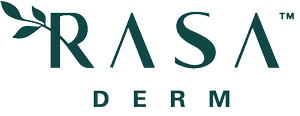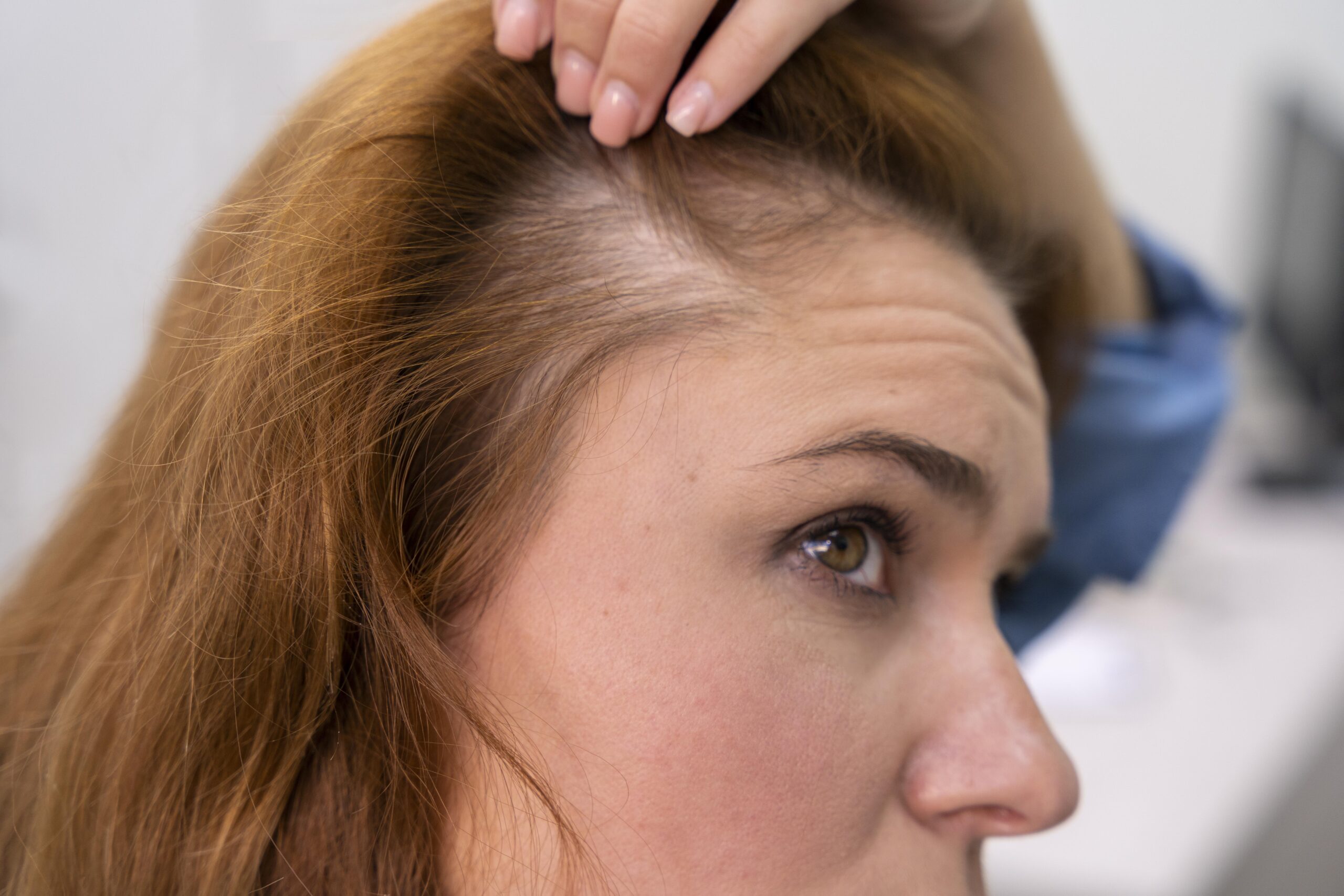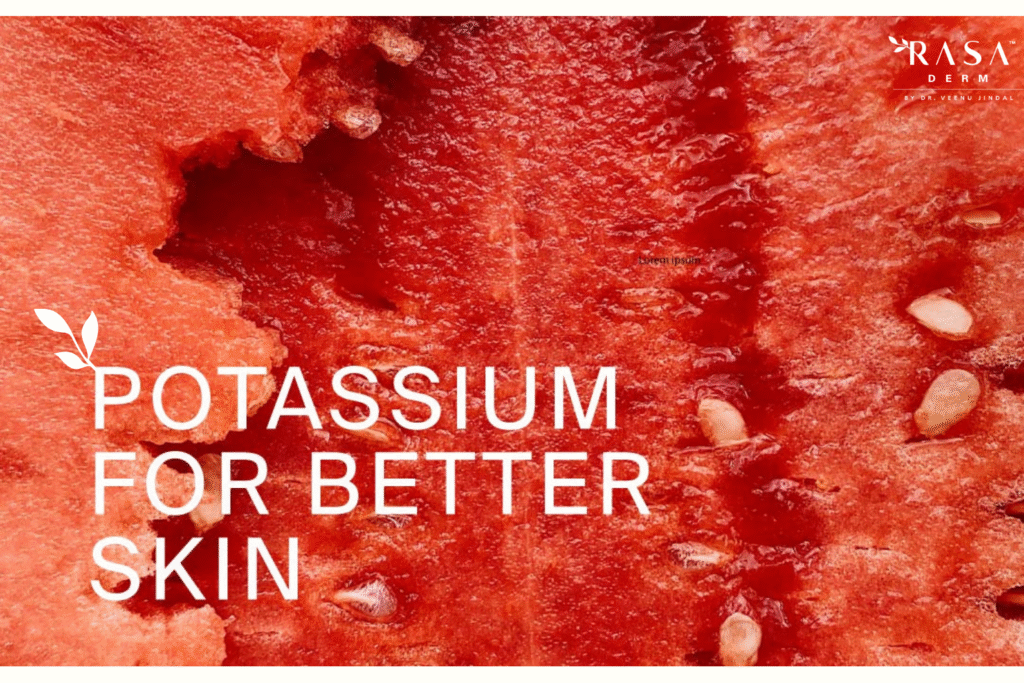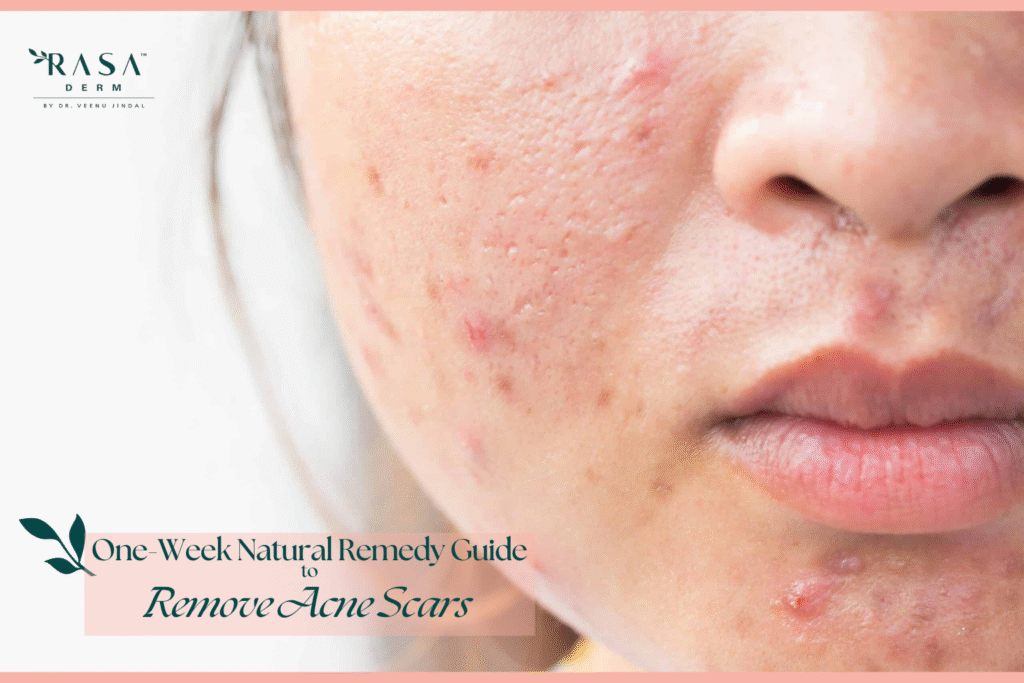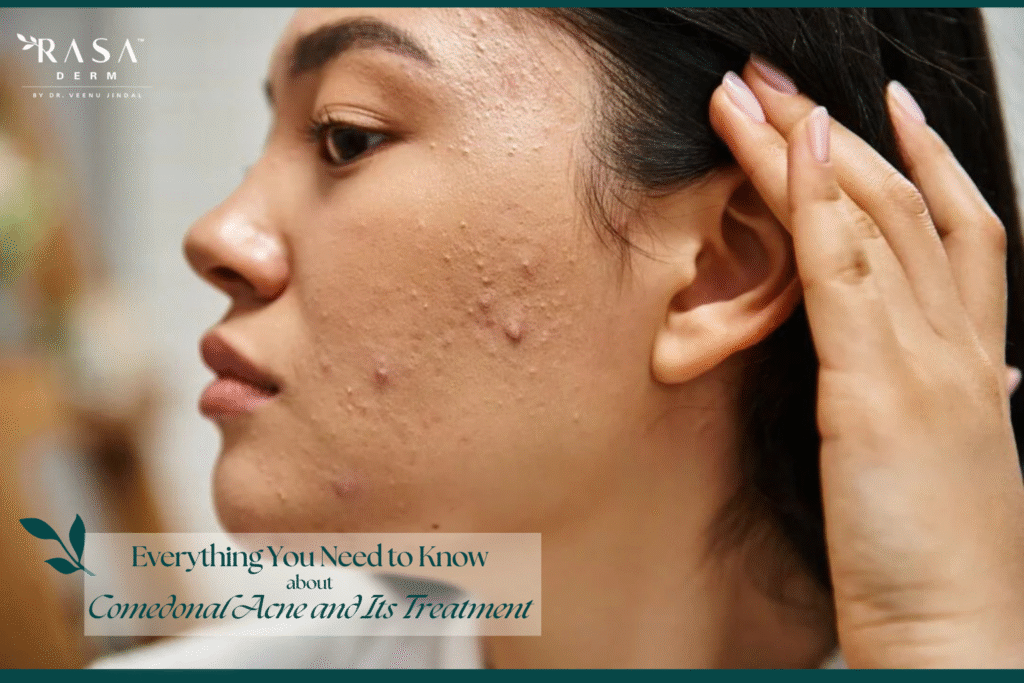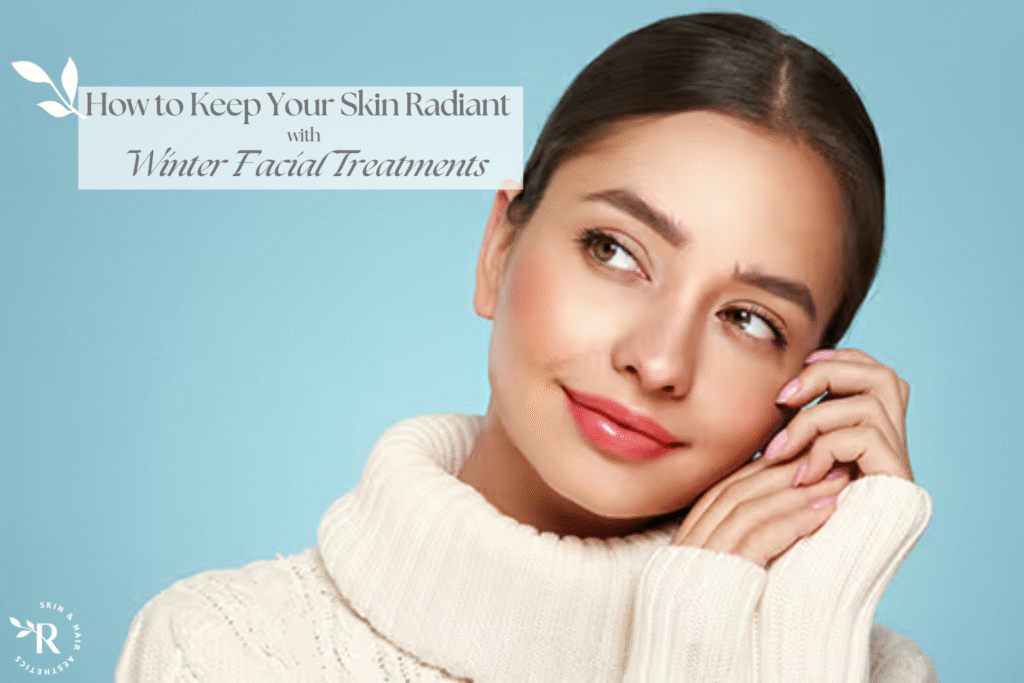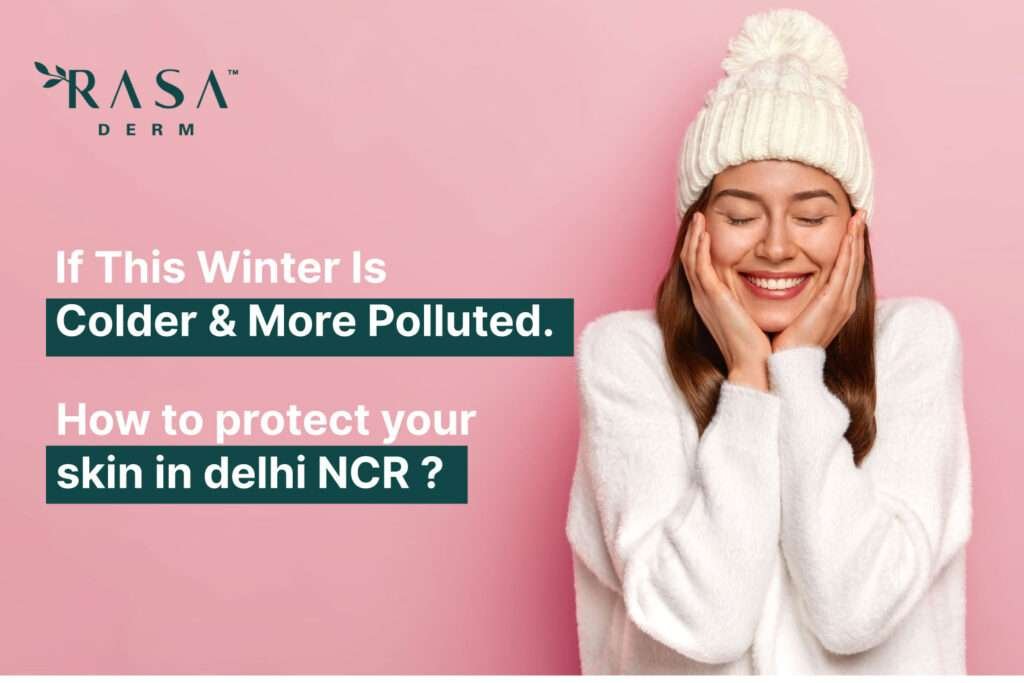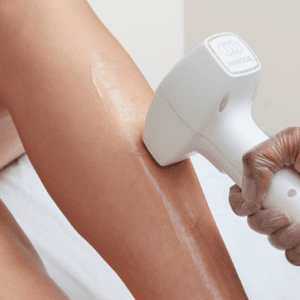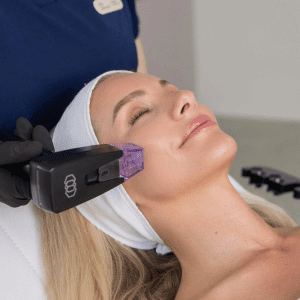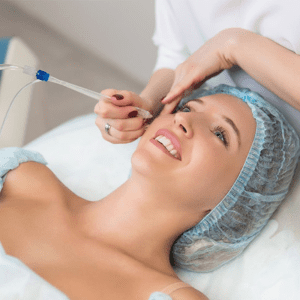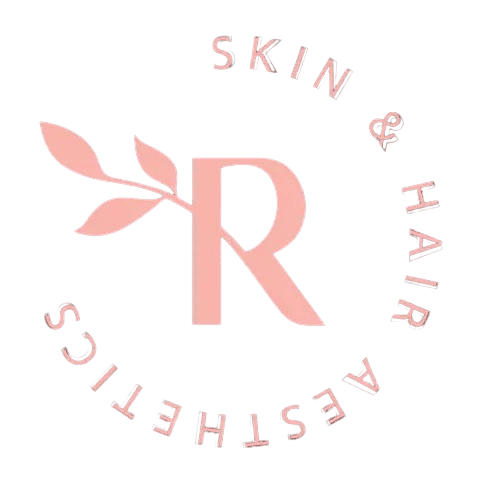More than just hair growing from your scalp, hair has a profound impact on our identity, self-esteem, and even how other people see us. However, choosing the best hair treatment might be overwhelming due to the abundance of goods, services, and buzzwords in the haircare sector.
The good news is that there are workable remedies for any of your hair problems, including excessive hair loss, dullness, breakage, and thinning. Selecting the best hair treatment for your particular issues and objectives is crucial.
The most common hair treatments, their mechanisms of action, their intended results, and how to select the best one for you—including cutting-edge choices like laser hair treatment for hair loss—will all be covered in this guide.
Reasons for Targeted Hair Treatment
Our hair endures a lot, from pollution and heat styling to hormone imbalances and inadequate nourishment. Shampoos and conditioners aid in daily cleansing, but they don’t provide the structural mending or deep nourishing that comes with professional treatments.
Hair treatments are intended to cure certain problems, such as frizz, sensitivity of the scalp, hair loss, or dullness, and they frequently incorporate powerful substances and technologies that offer advantages beyond appearance. The first step to stronger, healthier, and more glossy hair is realizing what your hair actually needs.
Common Hair Concerns That Need Treatment
Before diving into treatment types, identify your concern. Here are the most common hair issues that can benefit from professional intervention:
1.Hair Fall or Hair Loss
- Causes: Genetics, stress, hormonal imbalances (like PCOS or postpartum), iron or vitamin D deficiency
- Signs: Widening hair part, hair thinning, excessive strands on pillow or comb
2.Dandruff and Scalp Conditions
- Causes: Seborrheic dermatitis, fungal overgrowth, dry scalp, product buildup
- Signs: Itchy, flaky scalp, redness, sensitivity
3.Damaged and Brittle Hair
- Causes: Heat tools, coloring, bleaching, excessive washing
- Signs: Split ends, breakage, dullness, rough texture
4.Dryness or Frizz
- Causes: Low humidity, lack of moisture, overprocessing
- Signs: Flyaways, lack of shine, tangling
5.Oily Scalp or Limp Hair
- Causes: Overactive sebaceous glands, hormonal imbalance
- Signs: Greasy roots, flatness within 24–48 hours of washing
Identifying your hair concern will help you choose the best hair treatment to address it.
Popular Types of Hair Treatment
Here’s a breakdown of the most effective types of hair treatments available in salons, clinics, and dermatology centers today.
1.Hair Spa
A deep conditioning treatment ideal for those with dry, damaged, or frizzy hair. Hair spa typically includes:
- Oil massage
- Steam therapy
- Conditioning mask
- Scalp relaxation techniques
Best for: Mild damage, frizz, stress relief
2.Keratin Treatment
This protein-based treatment smoothens and straightens the hair shaft by replacing lost keratin.
- Reduces frizz and adds shine
- Results last up to 3–6 months
- Doesn’t permanently straighten but improves manageability
Best for: Frizzy, coarse, or unruly hair
3.Hair Botox
Despite the name, it doesn’t contain botulinum toxin. Hair botox is a deep conditioning treatment filled with proteins, vitamins, and amino acids.
- Repairs hair fibers
- Adds softness and bounce
- No chemicals or formaldehyde involved
Best for: Chemically damaged or aging hair
4.Scalp Peeling and Detox
A clarifying treatment that exfoliates the scalp to remove dandruff, dead cells, and product buildup.
- Uses AHA/BHA acids or herbal peels
- Improves scalp circulation and absorption
- Boosts hair growth environment
Best for: Oily scalp, dandruff, dull hair
5.PRP (Platelet-Rich Plasma) Therapy
This medical treatment uses your own blood plasma, rich in growth factors, injected into the scalp to promote hair regrowth.
- Non-surgical, safe
- Improves hair density and thickness
- 3–4 sessions needed for visible results
Best for: Early-stage hair loss, male/female pattern baldness
6.GFC (Growth Factor Concentrate) Treatment
A more advanced version of PRP where only pure growth factors are extracted for a more concentrated effect.
- Better for stubborn hair thinning
- Boosts follicle activation
- Performed with Derma Pen microneedling
Best for: Hair fall, postpartum hair loss, patchy thinning
7.Laser Hair Treatment for Hair Loss
This is one of the most researched, FDA-approved, non-invasive technologies for treating thinning hair.
- Low-level laser therapy (LLLT) stimulates hair follicles
- Increases blood circulation
- Ideal for both men and women
Best for: Early-stage hair loss, thinning along part lines
8.Hair Exosome Therapy
An innovative, regenerative treatment using nano-particles from stem cells.
- Promotes scalp repair
- Encourages stronger hair follicles
- Promising results in clinical studies
Best for: Advanced hair thinning, chronic scalp conditions
Which Treatment Is Best for Hair?
The best hair treatment depends on your diagnosis, severity of the issue, hair type, and overall health. Here’s a simplified matrix:Note: Always consult a certified dermatologist or trichologist to determine which treatment is best for hair in your specific case.
| Hair Concern | Recommended Treatment |
| Frizz & Damage | Keratin, Hair Spa, Hair Botox |
| Mild Hair Fall | Hair Spa, Scalp Detox, Vitamin Supplements |
| Moderate to Severe Hair Loss | PRP, GFC, Laser Hair Treatment |
| Dandruff & Scalp Issues | Scalp Peel, Detox, Exosomes |
| Postpartum Hair Fall | GFC, PRP, Low-Level Laser Therapy |
| Aging Hair | Hair Botox, Exosome Therapy |
Note: Always consult a certified dermatologist or trichologist to determine which treatment is best for hair in your specific case.
How to Pick Your Ideal Hair Treatment
Selecting the best treatment depends on what your scalp and hair strands actually require, not just what’s popular.
1.Seek Professional Advice
Both internal and exterior reasons can be diagnosed with a comprehensive scalp analysis. To help determine the best course of therapy, clinics such as Rasa Derm provide blood testing and digital scans (for thyroid, vitamin deficits, etc.).
2.Assess Lifestyle
Do you dye your hair often? Do you regularly use heat styling tools? These decisions affect the safe and effective therapies.
3.Recognize Your Level of Commitment
Regular sessions are necessary for certain treatments, such as PRP. Others, like botox or keratin, require sulfate-free shampoos for aftercare but have longer-lasting effects.
4.Check for Side Effects or Allergies
Natural treatments may work slower but are gentler, while more aggressive treatments might not suit sensitive scalps.
5.Budget Considerations
Laser and regenerative therapies may cost more upfront but offer longer-term benefits. Cosmetic treatments (keratin, botox) are more affordable but need redoing every few months.
Conclusion
Finding the best treatment for hair doesn’t have to be confusing — it’s about aligning your concerns with targeted, medically safe options. From laser hair treatment for hair loss to deep conditioning therapies for frizz and dullness, there’s a solution for every strand type and scalp condition.
Investing in your hair health is not vanity — it’s self-care. Whether you’re battling hair fall or dreaming of salon-shiny locks, the first step is to understand your hair’s language. Let professionals guide you toward the right path — and let your hair reflect your best self.

